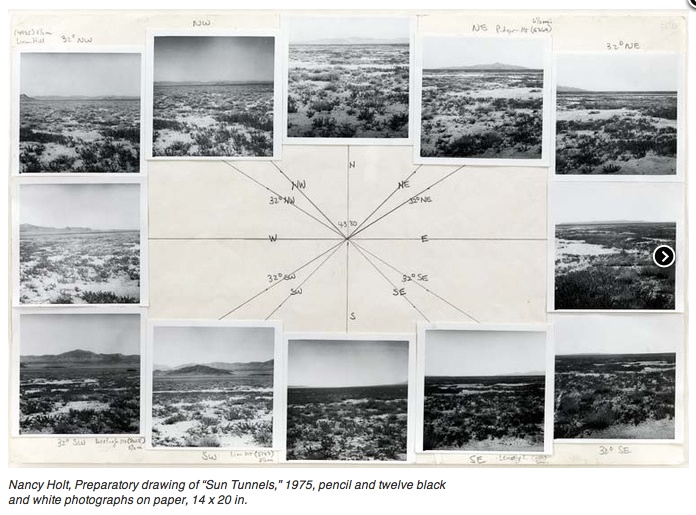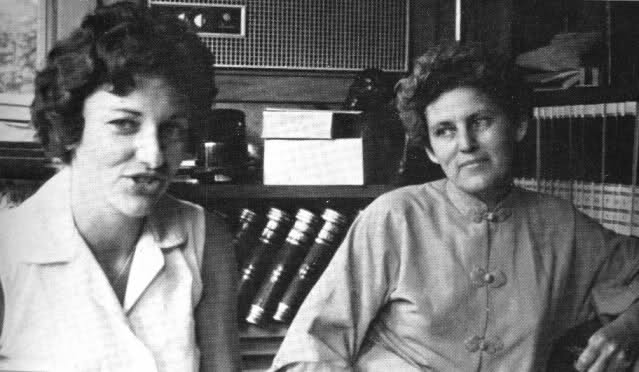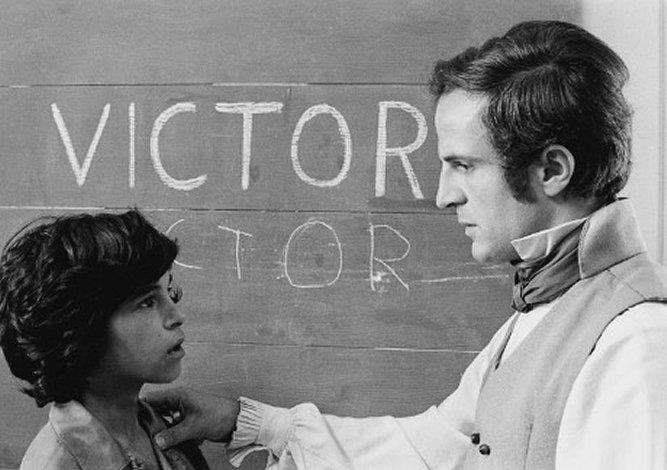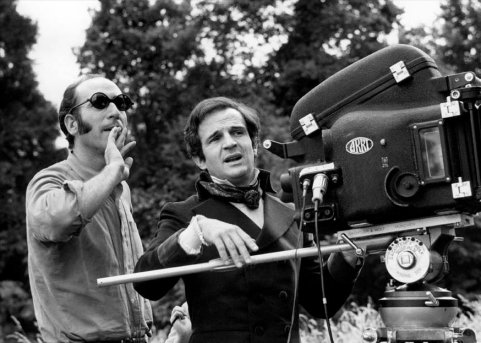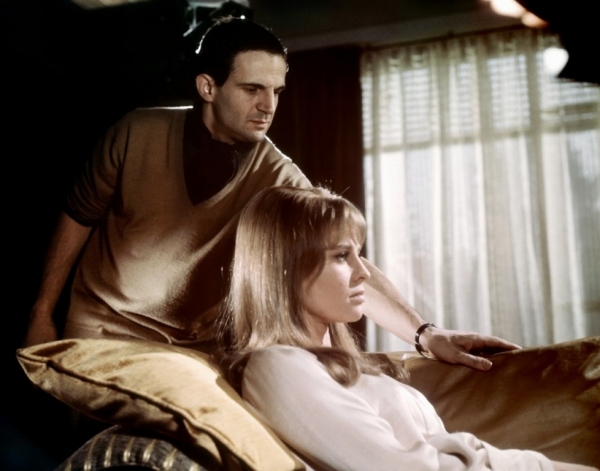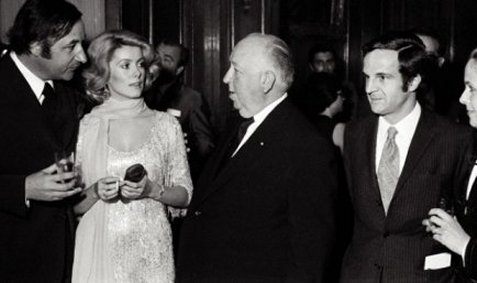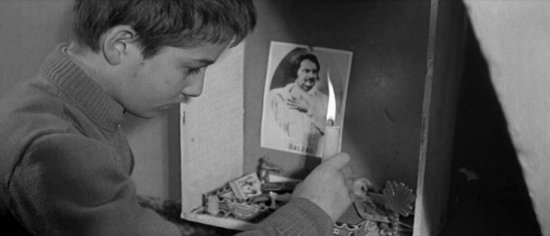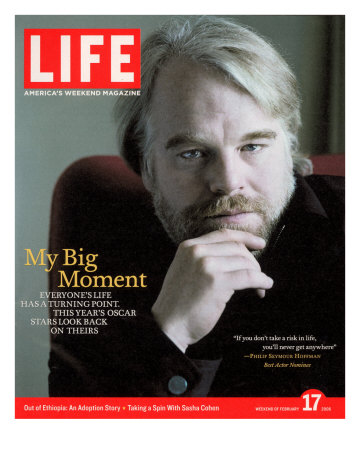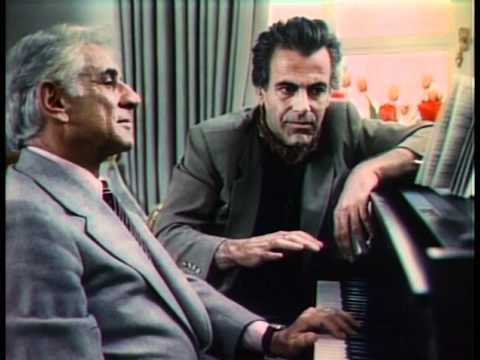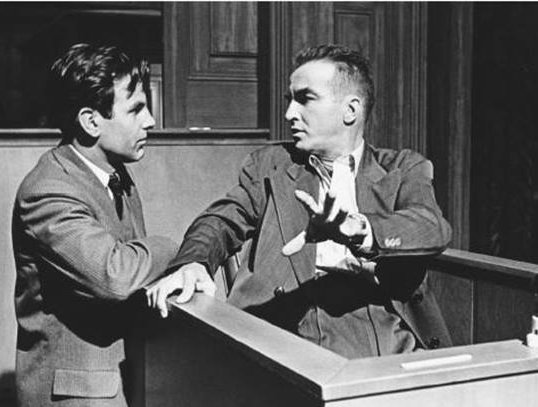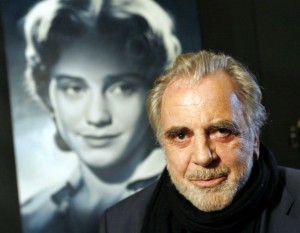Portraits of Jean by August Renoir + George Moore by Manet
Tuesday, February 25th, 2014Jean Renoir 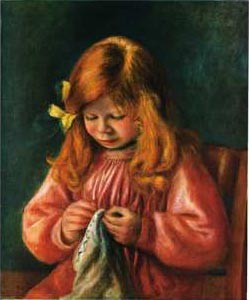 Knitting Girl or Boy Sewing (see more here)
Knitting Girl or Boy Sewing (see more here)
(A new film about the Renoirs here…)
August Renoir – 25 February 1841
George Moore – 24 February 1852
He originally wanted to be a painter, and studied art in Paris during the 1870s. There, he befriended many of the leading French artists and writers of the day.
This pastel, executed in one sitting, depicts the Irish critic and novelist George Moore. He used it as the frontispiece for his book Modern Painting (1893), noting that as “a fresh-complexioned, fair-haired young man, the type most suitable to Manet’s palette, [the artist] at once asked [him] to sit.” Critics ridiculed this work when it was exhibited in 1880, calling it “Le Noyé repêché” (the drowned man fished out of the water). The picture is Manet’s only completed portrait of Moore; one of his unfinished canvases, George Moore at the Café (55.193), is in the Museum’s collection.
Emile Zola by Manet
More about George Moore – who was influenced by Emile Zora..
As a naturalistic writer, he was amongst the first English-language authors to absorb the lessons of the French realists, and was particularly influenced by the works of Émile Zola.[2] His writings influenced James Joyce, according to the literary critic and biographer Richard Ellmann,[3] and, although Moore’s work is sometimes seen as outside the mainstream of both Irish and British literature, he is as often regarded as the first great modern Irish novelist.
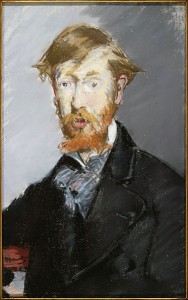
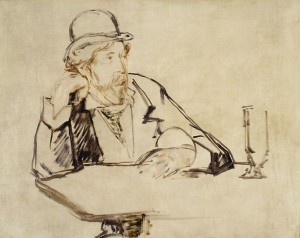
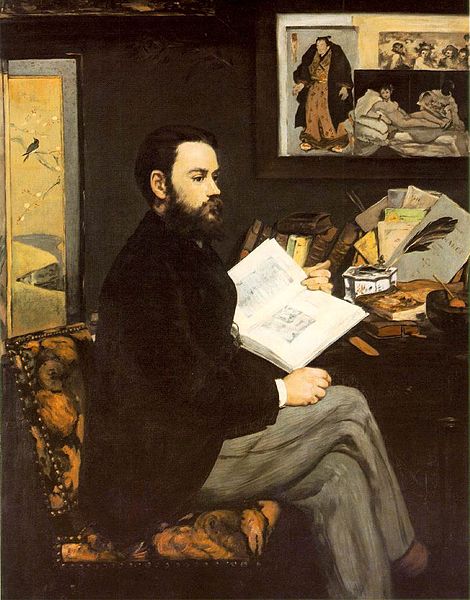
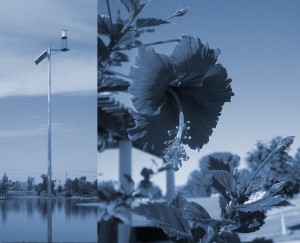
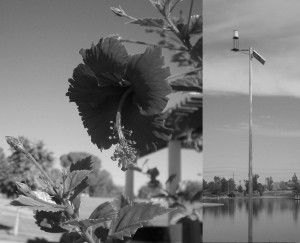
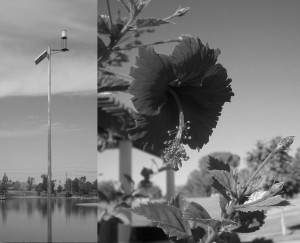
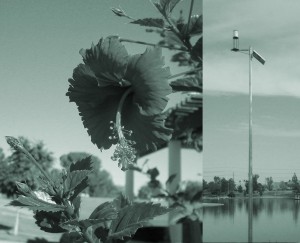



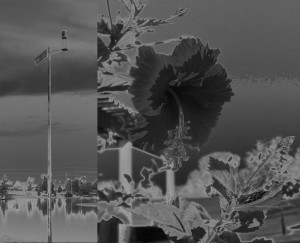
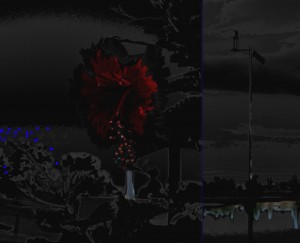
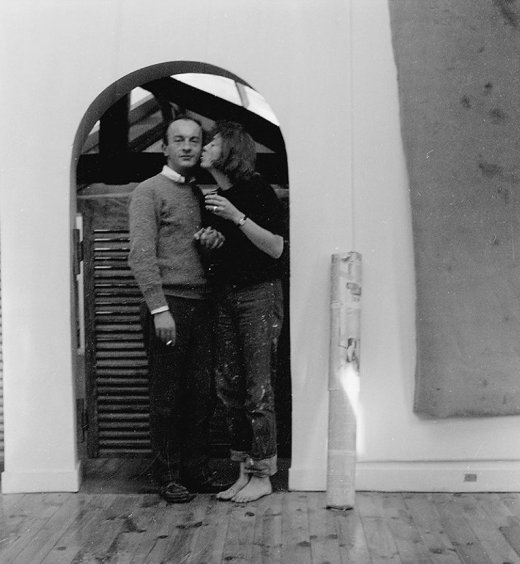


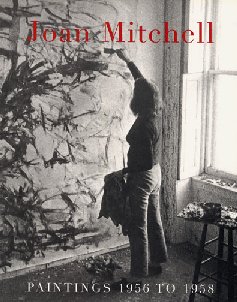 (Part II of Barney/Michell archive)
(Part II of Barney/Michell archive)
